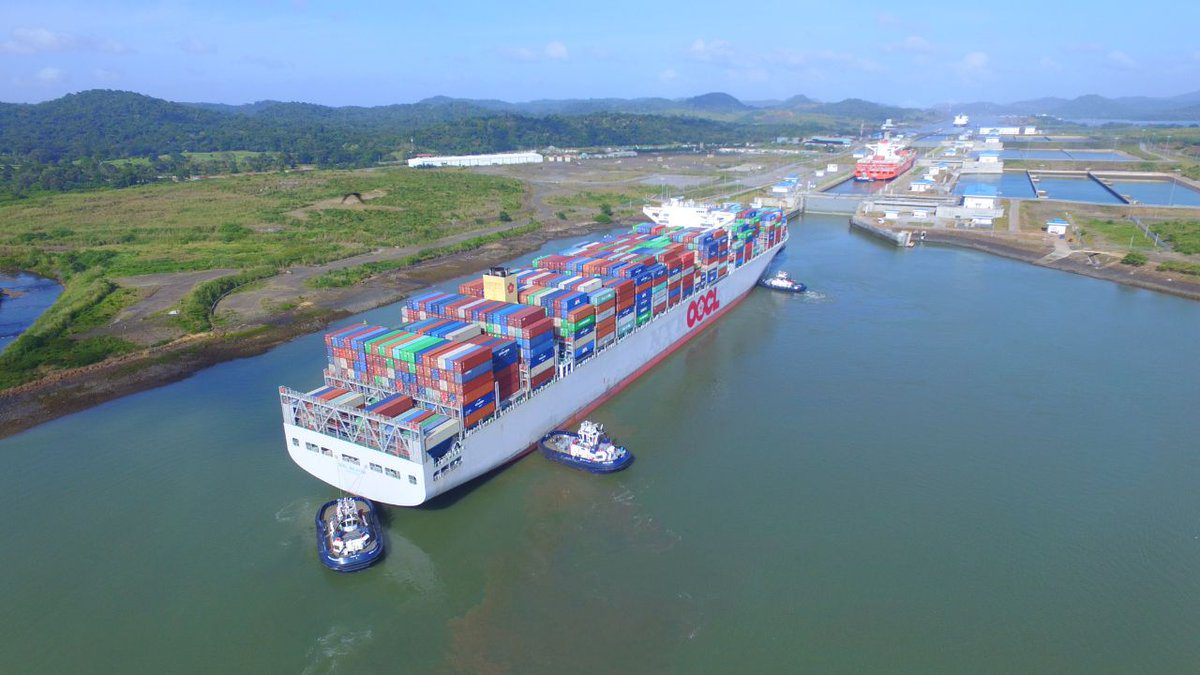By Alexander Whiteman (The Loadstar) –
On the ocean freight rates front, it was more of the same this week; a slowdown in the speed of decline seemingly the best carriers can hope for – although The Loadstar was able to find one voice suggesting the prospect of some form of “peak” still lingered.
Chief analyst at Xeneta Peter Sand told The Loadstar: “While we do not expect a ‘normal’ peak season, we are not ruling out the late arrival of a muted one.
“We will see rates ticking up somewhat in October-November. Mostly, this will impact the short-term market, where the payment of freight on some long-term contracts may be prone to any ‘successful’ implementation of PSSs (peak season surcharges).”
With disruptor in chief Donald Trump’s tariffs now in place – albeit the big fish, China, still awaits its fate – all eyes have firmly been on the transpacific trade.
Three indices, Drewry’s World Container Index (WCI), the Shanghai Containerised Freight Index (SCFI), and Xeneta’s XSI, all recorded week-on-week rate dips for Asia-US rates.
Recording a downturn of 2% on Shanghai-LA, at $2,494 per 40ft, the WCI included expectations that rates would become “less volatile” in the coming weeks.
Its Shanghai-New York leg was down 5%, to $3,638 per 40ft, with the SCFI indicating that the rate of decline was more severe for Asia-US west coast, which dropped 3.51% week on week, to $1,759 per 40ft, while Asia-US east coast recorded a 2.61% fall to $2,769 per 40ft.
Hind Chitty, senior manager of Drewry Supply Chain Advisors, said despite the drops, the fall in spot rates had slowed, continuing the theme of recent weeks.
“The carriers are attempting to stabilise the market by managing capacity via blanked sailings, but this offers limited support amid trade flows, shifting tariffs, and network realignments,” Ms Chitty told The Loadstar.
“The fall in spot rates has slowed, with the WCI down 3%, week on week, to $2,350 on 14 August; transpacific and Asia–Europe/Med rates fell 4%, while transatlantic rates eased 3%.”
For Asia-US west coast, Xeneta’s XSI recorded the most precipitous week-on-week decline, 4.92%, to $1,913 per 40ft, but again this marked a reduction in the rate of decline on the route recorded just a week earlier, 7.92%.
While the other indices do not provide readings for African routes, the SCFI recorded an upturn, albeit minor, of 0.4%, to $3,008 per 40ft for Asia-South Africa (Durban) routes.
However, one forwarder said Maersk had advised customers it would be discontinuing direct shipments to South Africa from 1 October, leaving MSC the only carrier offering direct services.
The forwarder told The Loadstar: “All South Africa exports with Maersk will be routed via European hubs,[and the] increased costs and transit times, higher fees and surcharges will further negatively impact South African competitiveness globally.
“A number of South Africans involved with US trade are attributing this Maersk change to worsening diplomatic and trade relationships between South Africa and US.”
As to the rest of the year for the wider trade, unlike Mr Sand, Ms Chitty shared the opinion of forwarders The Loadstar spoke to, rejecting prospects of a peak this year, and she added that “incoming vessel deliveries risk deepening fleet overcapacity”.
As far to how carriers could tackle the issues they are facing, Mr Sand said their options “are known”: blankings; slower speed; reshuffling vessels and ship sizes between services.
He added: “Last, but not least, demolition. We don’t expect this to have meaningful impact on the market balance in 2025 – too little and too late – but come 2026, our expectation is for a pause in scrapping.
“The bigger question is the extent to which these tactics will be successful; as we have seen strong demand this year, but still declining rates on most trades.”
The Loadstar is known at the highest levels of logistics and supply chain management as one of the best sources of influential analysis and commentary.

 Join The Club
Join The Club











